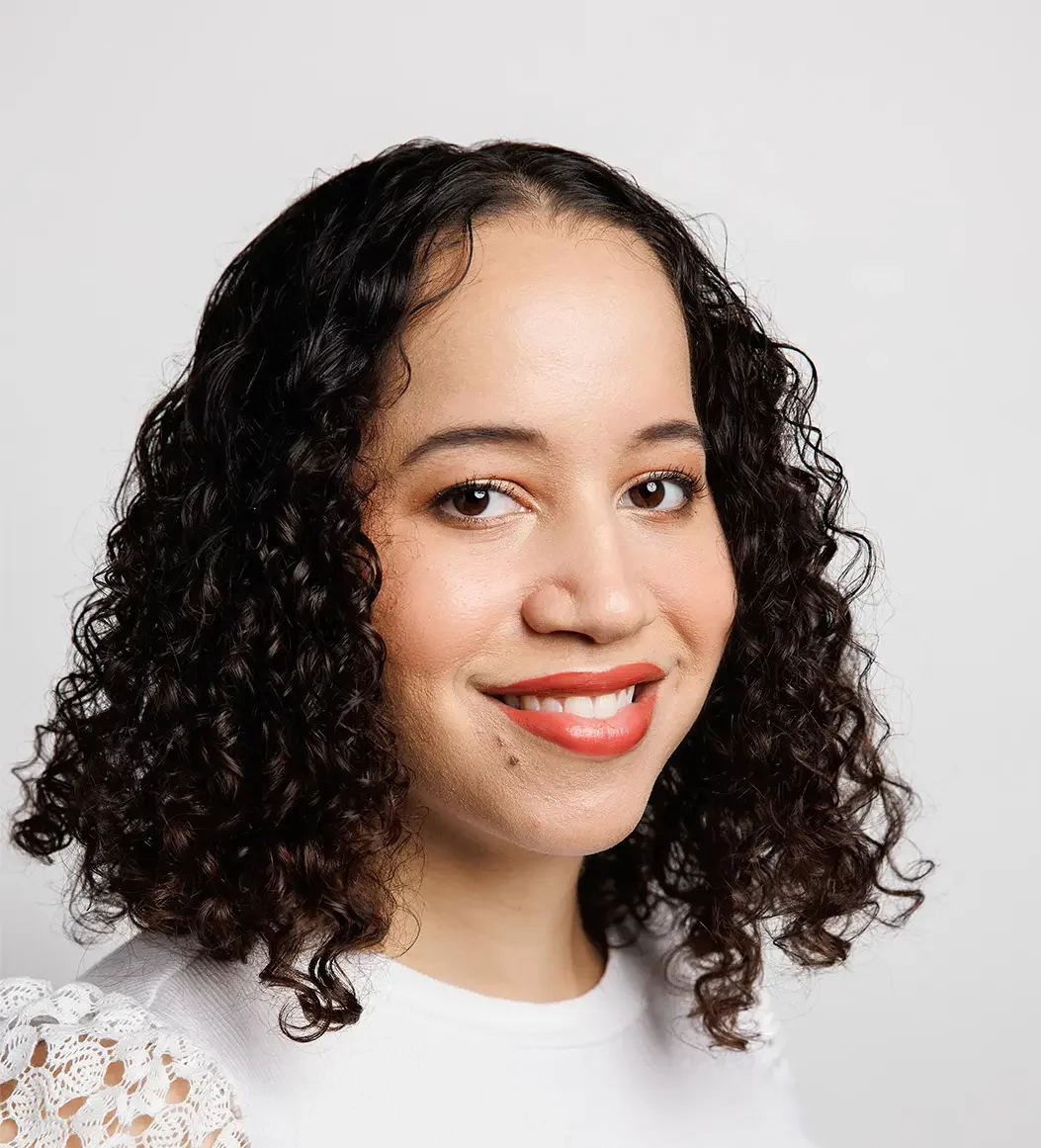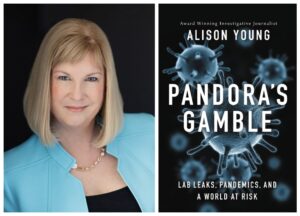
While most of the world is focused on stopping the spread of COVID-19, scientists across the globe are working to stop other potentially deadly viruses from causing another pandemic. The diseases that pose the greatest threat to humanity are all zoonotic.
According to the EcoHealth Alliance, 75% of all emerging diseases are zoonotic, meaning diseases that can spread between species — from animals to humans and vice versa, for example.
Informing the public is the first step to helping to combat the spread of these illnesses, said Harriet Constable, a multimedia producer and director based in London, and Jacob Kushner, an international correspondent.
Alarmed by the data they found about these emerging zoonotic diseases, Constable and Kushner collaborated on a six-part multimedia series, funded by the Pulitzer Center, titled, “Stopping the Next One: Scientists Race to Prevent Human Encroachment on Wildlife From Causing the Next Pandemic.”
“We wanted to take that huge topic of millions of unknown diseases, a huge proportion of them being able to be spread between animals and humans, and crack that open in a way that is digestible and understandable,” Constable said in an interview with the Pulitzer Center.
The series was published in weekly installments starting Jan. 11 on BBC Future. It explores six zoonotic diseases on six continents: a bat-borne (Nipah) virus in Asia; mosquito-borne illness in North America; Middle East Respiratory Syndrome (MERS) carried by camels in Africa; swine flu in Europe; yellow fever carried by monkeys in South America; and a flesh-eating bacteria carried by possums in Australia.
During a recent Smith/Patterson Science Journalism Lecture hosted by the University of Missouri School of Journalism and the Pulitzer Center, Constable and Kushner talked about what they learned from reporting the series, particularly during a pandemic.
In interviews with AHCJ after their event last week, Constable and Kushner offered tips for simplifying complex topics, the role journalists play in stopping future pandemics, and how they stayed optimistic as they reported on a sometimes-terrifying subject. (The following conversation was edited for clarity and brevity.)
What inspired you to pitch this series?
Constable: When the lockdown happened, I was already starting to pitch these future-focused stories of ‘but what next?’ Then, we [Constable and Kushner] saw that the Pulitzer Center was calling for collaborative journalism in response to COVID-19. We started to see some stories about where it [COVID-19) might come from and how pandemics were linked to our treatment of the natural environment. These are all topics that I was really interested in. I know that Jacob was interested in them as well.
We put our heads together and said, ‘Can we try to get some funding to go into a big series?’ We combined some of the thinking I was having on something global but focusing on a particular story in every continent to show this is happening everywhere, but in different ways. Jacob applied his own thinking in terms of how we should break that down and make it as tight as possible. Together, we realized we could talk about how this likely isn’t going to be the only pandemic in our lifetime. That’s what scientists are telling us. What are the next threats? What are the world’s leading experts saying about them? What’s being done to stop them? And what can we do is where we ended up focusing our time.
What are some of the challenges you both faced reporting on this series?
Constable: I think Jacob and I originally pitched that we would be traveling to these places, meeting with the scientists. I’d also be filming them myself. And of course, there’d be some collaborations with other journalists and experts along the way. That’s how we tend to work. None of that was possible. We couldn’t leave our homes, let alone fly to Cambodia to interview scientists there. And so, it ended up being not just a journalism project but a kind of collaborative project of various journalists all over the world.
Why do you think you received such buy-in from high-profile scientists?
Constable: Scientists have been sitting there just desperate to try and get the world to listen to them. And for the most part, they were excited to have the opportunity to talk about it with a big audience.
From talking to scientists, did you get an idea of how prevalent these viruses are in animals? Would limiting meat production make a difference?
Constable: We found time and again, what we eat, how we eat, and how we raise food is important when it comes to a pandemic. Not just in the factory-farm setting but also with the movement of pigs around the globe…. Europe’s leading influenza experts described factory farms as a playground for viruses. In a voluntary surveillance program, they found that influenza viruses that could become pandemic viruses were prevalent on more than 50% of farms that they surveilled, particularly in areas of intense pork production, like Denmark and France.
What kind of guidance would you give other journalists looking to pursue this style of reporting?
Constable: I personally, as a reader, really enjoy explanatory journalism. I come away feeling more informed and hopeful, as opposed to just informed, but terrified. Explanatory journalism can give you a much deeper understanding of something that you may have been in some way seeing or engaging with regularly. Vox does a great job of explanatory journalism. They have a series on Netflix called “Explained,” which breaks down a big topic, like royalty or flags and why we have them, and where they come from. Who are they for? What do they mean?
Were there times when you were reporting on this and thought, ‘We’re doomed’ ?
Kushner: I went into this project feeling very pessimistic, especially when I started reading in these journals about the sheer number of potential pathogens out there. You know, there are thousands and thousands of pathogens that we do know about that could be dangerous to humans, and then the millions we don’t even know about or haven’t identified yet… But the process of reporting this out over a year made me feel so much more optimistic about our chances. That’s because we wrote the stories through the eyes of the scientists who are on the front lines doing biosurveillance and trying to identify what the next pandemic could be and trying to stop it. I left the project feeling so much more relieved, because these scientists are making so much headway.
Can you talk about using analogies when reporting on complex topics? What is your creative process when you’re trying to come up with analogies?
Kushner: I look for ways to help readers visualize something complex in a simple, fundamental way. Sometimes that involves analogies, just like looking at these photos of the golden lion tamarin monkeys in Brazil. They are these red balls of fluff and fire. Just looking at them reminded me immediately of the famous children’s book by Dr. Seuss, ‘The Lorax.’
What is your advice to fellow journalists looking to report on global zoonotic diseases?
Kushner: Start by reading what’s out there. …. Nature has a lot of great articles on their website daily. There are so many publications that have articles written by dedicated science journalists, or sometimes academics, and the researchers themselves… The very first thing I would say is to begin to read from primary sources … That’ll allow you to figure out what hasn’t been covered yet and what else needs to be covered. What could you do to add value to the reporting that’s already out there? So that’s exactly how we approached this project.
What role do you think journalists play in helping to prevent future pandemics and why?
Kushner: I think it’s a journalist’s responsibility to help create a more informed public…. Journalists really need to be the ones pushing the envelope here, holding public officials accountable… I think it’s critical for journalists to engage with the science, research the studies, and come to their own conclusions, or lead readers to reach their own conclusions.








